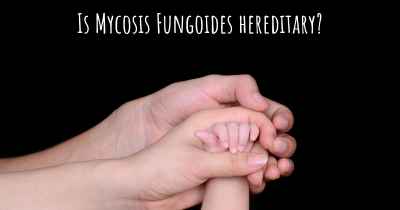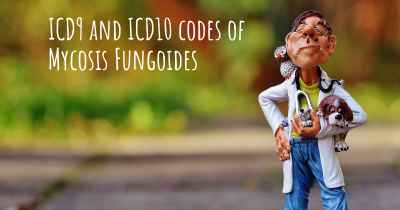What is the history of Mycosis Fungoides?
When was Mycosis Fungoides discovered? What is the story of this discovery? Was it coincidence or not?

Mycosis Fungoides: A Historical Perspective
Mycosis Fungoides (MF) is a rare type of non-Hodgkin lymphoma that primarily affects the skin. It was first described in medical literature in the early 19th century, and since then, significant progress has been made in understanding its etiology, clinical manifestations, and treatment options.
Early Observations and Misconceptions
The history of MF can be traced back to 1806 when French dermatologist Jean-Louis-Marc Alibert first documented a skin disorder characterized by progressive skin thickening and tumor formation. Alibert named this condition "mycosis fungoides" due to the mistaken belief that it was caused by a fungal infection.
For several decades, the understanding of MF remained limited, and it was often misdiagnosed as other skin conditions. It wasn't until the late 19th century that dermatologists began to recognize the distinct clinical features of MF and differentiate it from other diseases.
Advancements in Diagnosis and Classification
In the early 20th century, dermatologists such as Albert Neisser and Julius Rille made significant contributions to the understanding of MF. They refined the diagnostic criteria and proposed a classification system based on the clinical presentation and histopathological features of the disease.
Further advancements came in the mid-20th century when the role of immunohistochemistry and electron microscopy in diagnosing MF was recognized. These techniques allowed for a more accurate identification of the abnormal lymphocytes present in the skin lesions of MF patients.
Discovery of Sezary Syndrome
In 1938, French dermatologist Albert Sezary described a variant of MF characterized by the presence of circulating malignant lymphocytes in the blood. This condition, now known as Sezary syndrome, represents an advanced stage of MF and is associated with a poorer prognosis.
The discovery of Sezary syndrome highlighted the systemic nature of MF and led to further research into the underlying mechanisms of the disease.
Understanding the Pathogenesis
Throughout the 20th century, researchers made significant strides in unraveling the pathogenesis of MF. It was discovered that MF arises from a specific type of white blood cell called T-lymphocytes, which become malignant and infiltrate the skin.
Further studies revealed that genetic mutations and alterations in immune regulation play a crucial role in the development and progression of MF. The identification of these molecular abnormalities paved the way for targeted therapies and personalized treatment approaches.
Treatment Advances
Historically, the treatment of MF primarily focused on symptomatic relief and palliative care. However, over the years, various treatment modalities have been explored, including topical therapies, phototherapy, radiation therapy, and systemic chemotherapy.
In recent decades, the introduction of novel targeted therapies and immunotherapies has revolutionized the management of MF. These treatments, such as monoclonal antibodies and immune checkpoint inhibitors, have shown promising results in controlling the disease and improving patient outcomes.
Ongoing Research and Future Perspectives
Despite significant progress, many aspects of MF remain poorly understood. Ongoing research aims to uncover the underlying genetic and immunological mechanisms, identify novel therapeutic targets, and develop more effective treatment strategies.
Moreover, advancements in molecular profiling and genomic sequencing techniques hold promise for personalized medicine approaches in MF, allowing for tailored therapies based on individual patient characteristics.
In conclusion, Mycosis Fungoides has come a long way since its initial description in the 19th century. From misconceptions and misdiagnoses to significant advancements in diagnosis, classification, and treatment, our understanding of this rare lymphoma has greatly evolved. With ongoing research and the development of targeted therapies, the future looks promising for improving the lives of MF patients.








